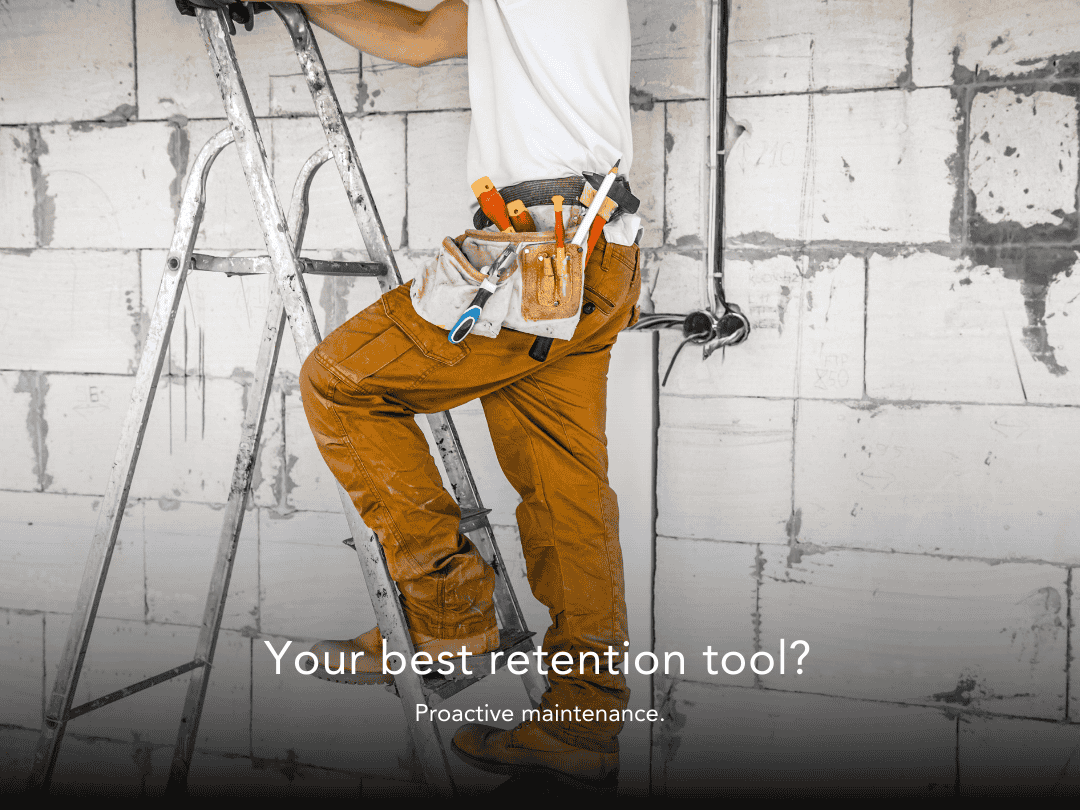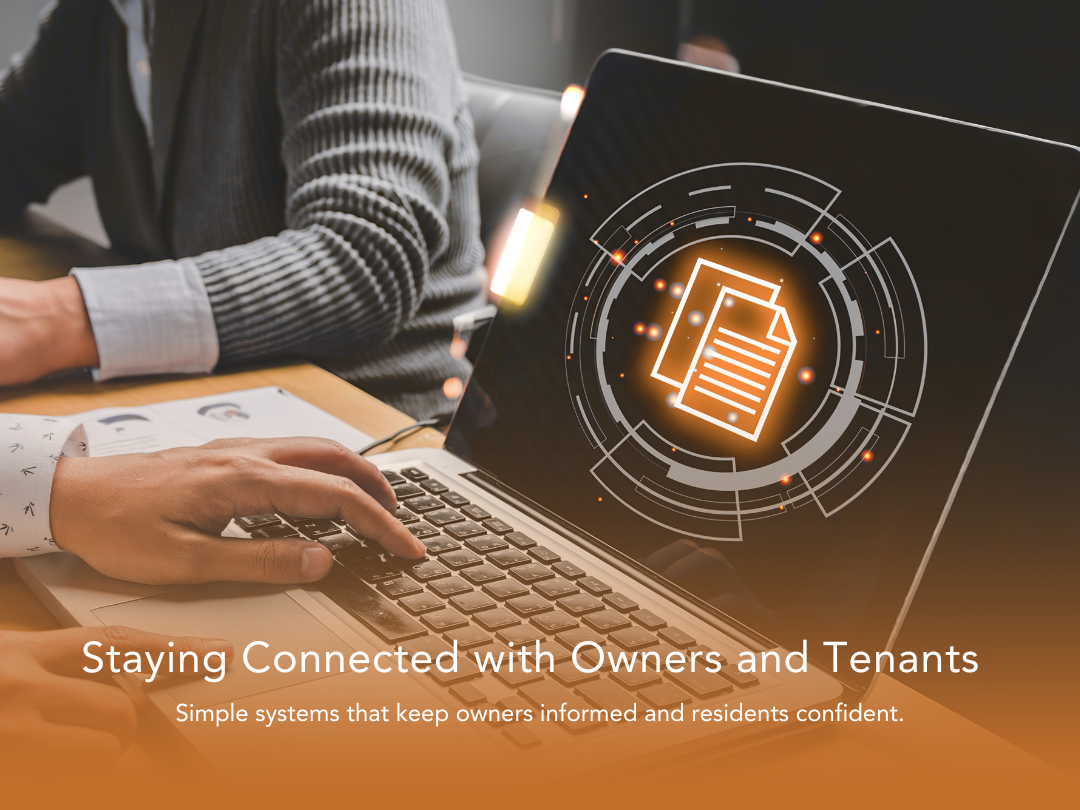Here's a step-by-step guide:
First, turn off the water supply to the toilet. The shut-off valve is usually located behind the toilet bowl, near the wall.
Remove the lid of the toilet tank and set it aside.
Locate the old toilet handle and disconnect it from the toilet tank by unscrewing the nut or bolts that hold it in place.
Once you've removed the old handle, take the new handle and insert it into the hole in the tank where the old handle used to be.
Secure the new handle in place by tightening the nut or bolts with a wrench. Make sure the handle is straight and secure, but be careful not to overtighten it, as this can cause damage to the toilet tank.
Attach the chain or lift wire to the new handle, making sure it's the right length so that it will flush properly.
Turn the water supply back on and test the new handle by flushing the toilet a few times. If it flushes properly and without any leaks, you're all set!
If you have any trouble or need further assistance, don't hesitate to reach out to me or a professional plumber for help.
When managing rental properties, efficient property maintenance is key to providing a positive experience for landlords and tenants. Timely and effective repairs not only keep the property in top condition and contribute to tenant satisfaction and retention.
Winter brings a predictable dip in renter activity, but it does not have to sink results. Here is how to navigate the season, sharpen marketing, and use incentives wisely.
Communication is the backbone of property management. Owners want clarity on performance and cash flow. Residents want quick answers and visible progress on requests. The right mix of tools and habits turns communication from a pain point into an advantage.
Busy days calm down when the right tools do the heavy lifting. Here’s how our stack speeds leasing, maintenance, payments, and reporting without adding noise.
Property management is an economic engine in Boise. From steady housing supply to vendor jobs and safer, well-kept neighborhoods, the ripple effects touch residents, owners, and local businesses.
The right software won’t run your business for you, but it will clear roadblocks: rent gets paid on time, work orders stop slipping, and your books match reality. Here’s a straightforward way to evaluate options if you manage rentals in Boise and the Treasure Valley.
Dive into the future of property management in Boise, Idaho, and discover how technology is reshaping the industry. Learn how to leverage the latest trends to future-proof your business, improve tenant satisfaction, and stay ahead of the competition.
A year-round approach to pricing, amenities, maintenance, and communication that reduces vacancy and grows resident satisfaction.
Boise’s seasons change—your playbook can stay simple. Prep the property, plan your leasing moves, and communicate clearly with residents. Use this quick guide to keep cash flow steady from winter to fall.
Learn key factors to consider when choosing a property management company, from reputation and communication to legal compliance and technology integration.
Real estate investment in Boise is more than just purchasing a property. It requires understanding what makes a neighborhood desirable and how these features can translate to higher rental income.
Managing multiple properties can be a demanding task for property owners. With numerous responsibilities and duties to juggle, finding efficient ways to save time and streamline processes is essential.













